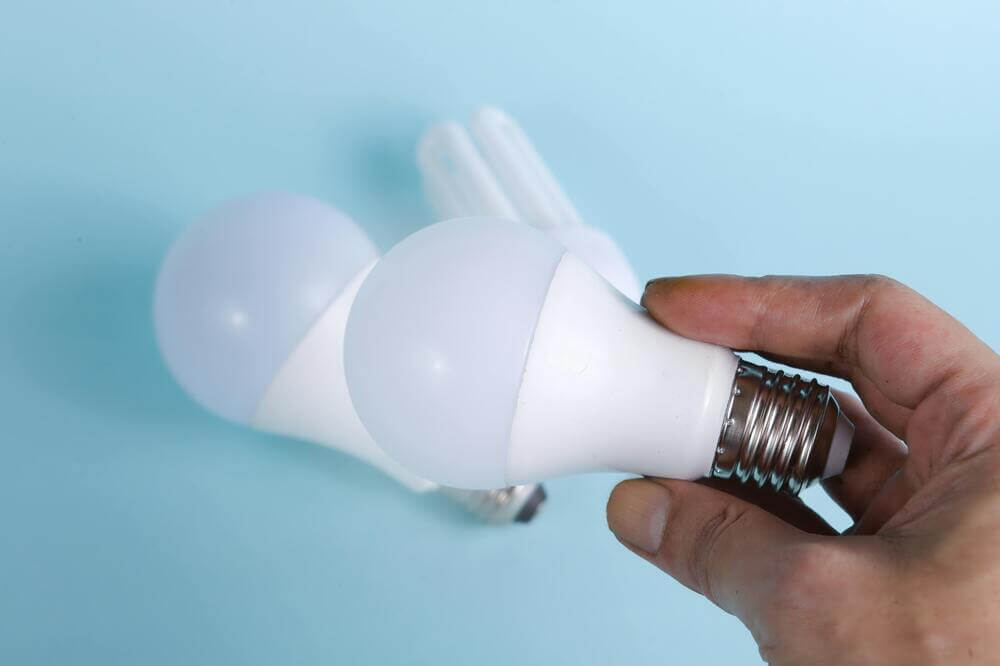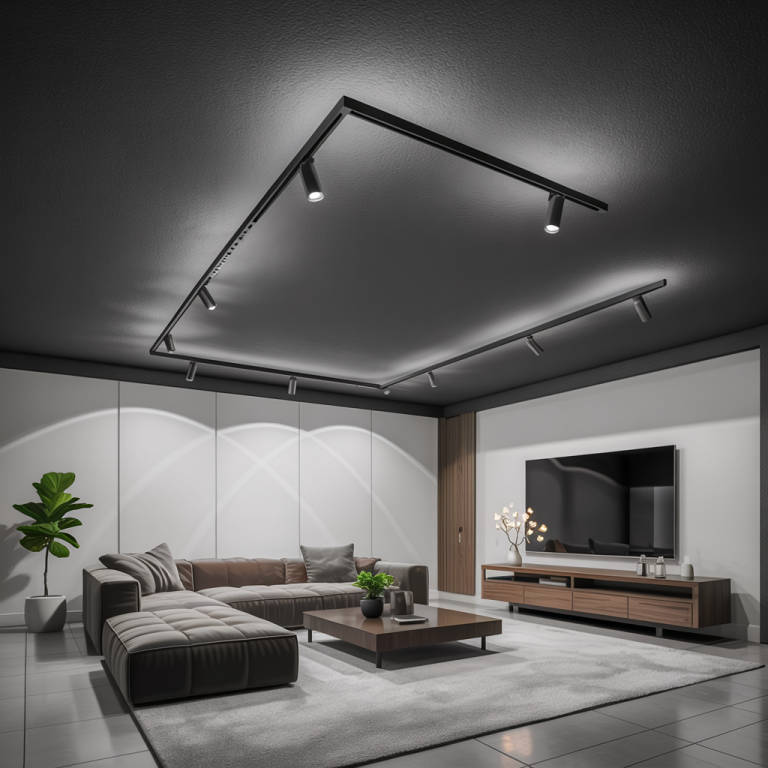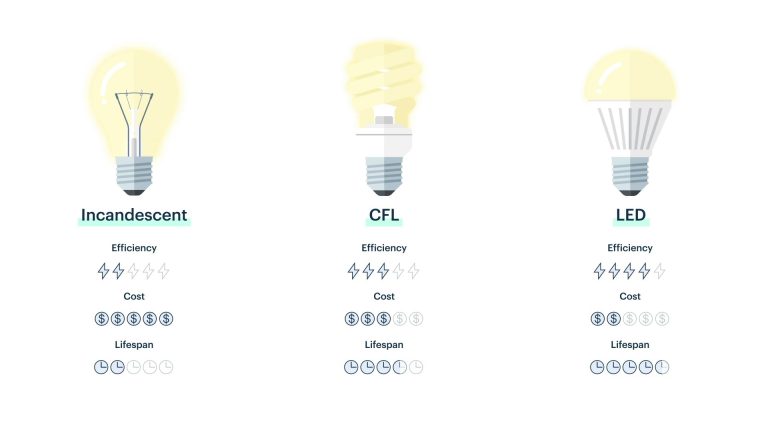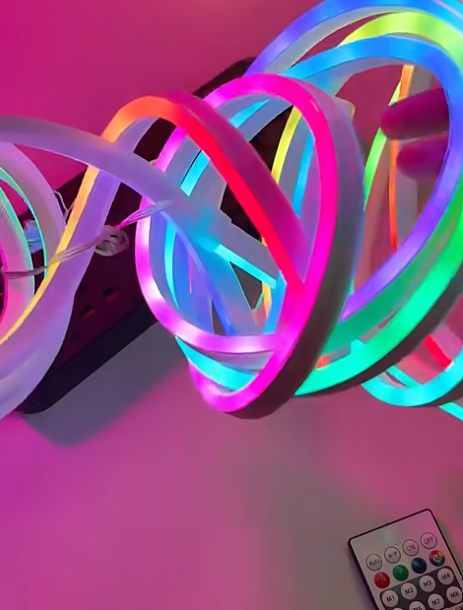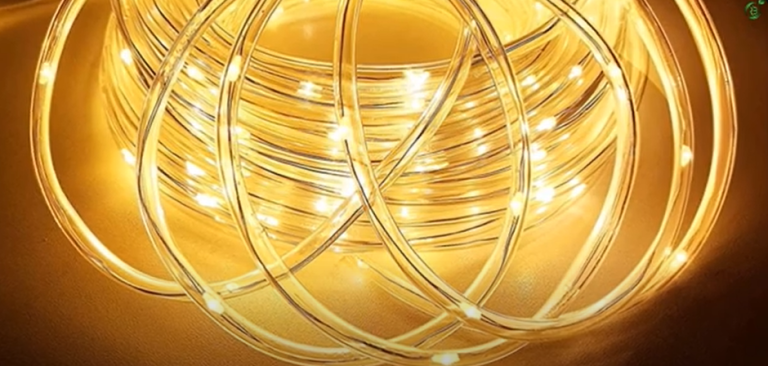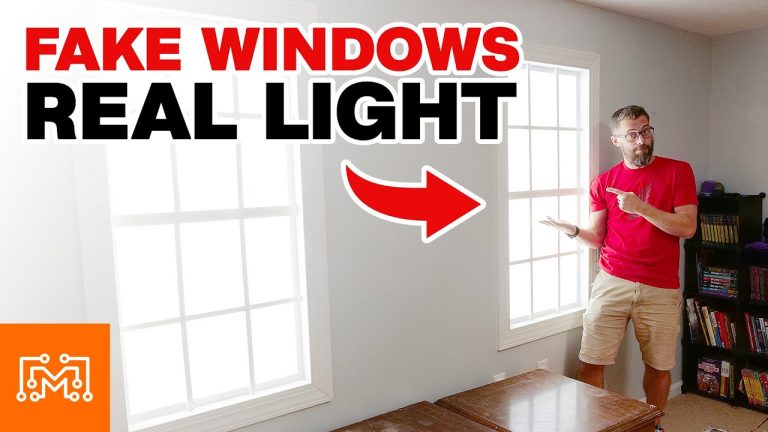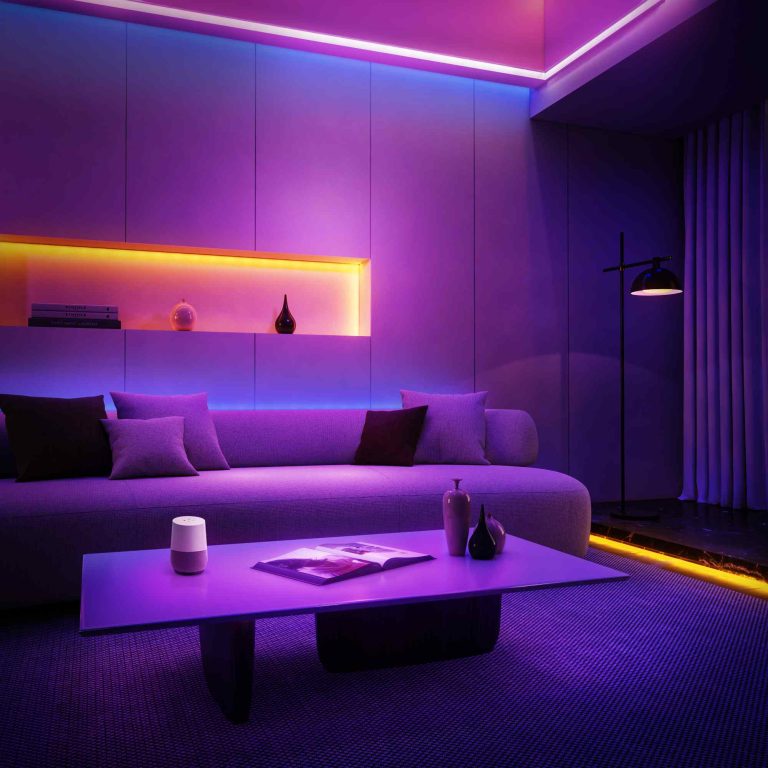Led Lights Disadvantages: Unseen Drawbacks Revealed
When you think about lighting up your space, LED lights might be the first thing that comes to mind. They are everywhere, from homes to offices, offering energy efficiency and a modern look.
But have you ever stopped to consider the disadvantages of LED lights? You might be surprised to learn that there are some drawbacks that could affect your choice. Imagine investing in lighting that seems perfect, only to find out later that it isn’t quite right for your needs.
This is why it’s crucial to understand the full picture before making a decision. By reading further, you’ll discover the hidden downsides of LED lights that few talk about. Are you ready to uncover the truth and make an informed decision? Dive in and find out what you need to know to avoid any regrets.

Credit: www.njzlighting.com
Led Lights Disadvantages
Shorter Lifespan Factors
LED lights are often praised for their energy efficiency and brightness. Yet, they are not without their downsides. One of the notable disadvantages is their shorter lifespan. While LEDs are generally long-lasting, certain factors can reduce their lifespan. Understanding these factors helps in making informed choices.
Manufacturing Quality
The quality of manufacturing impacts LED lifespan significantly. Not all LEDs are created equal. Lower quality materials can lead to quicker degradation. Choosing reputable brands can mitigate this risk.
Heat Management
LEDs generate heat that must be managed properly. Poor heat management shortens their lifespan. Overheating causes damage to LED components. Always check for proper heat dissipation features.
Voltage Fluctuations
Inconsistent voltage supply affects LED performance. It can lead to burnout and reduced lifespan. Using stabilizers can help maintain consistent voltage. This ensures a longer life for your LEDs.
Environmental Conditions
LEDs are sensitive to their environment. Extreme temperatures and humidity can cause harm. Protect LEDs from harsh conditions to extend their lifespan. Indoor use often results in better longevity.
Incorrect Usage
Using LEDs improperly can lead to early failure. Always follow the recommended guidelines for usage. This includes proper installation and compatible fixtures. Correct usage ensures LEDs last longer.
Environmental Concerns
LED lights are popular for energy efficiency and long lifespan. Still, they pose several environmental concerns that need attention. Despite their advantages, it is crucial to understand the ecological drawbacks of LEDs. This section explores these concerns under specific headings.
1. Resource Intensive Production
LEDs require rare earth metals in their production. Extracting these metals harms the environment. Mining processes damage ecosystems and lead to soil erosion. They also cause pollution in nearby water bodies.
2. Disposal Issues
Disposing of LED lights is challenging. They contain hazardous materials like arsenic and lead. Improper disposal results in these materials leaking into the soil. This poses serious health risks to humans and animals.
3. Energy Consumption in Manufacturing
Manufacturing LEDs consumes a lot of energy. Energy used in production leads to carbon emissions. High energy consumption counters the energy-saving benefits during use. This raises concerns about their overall environmental impact.
4. Light Pollution
LEDs contribute to light pollution. Their bright lights affect nocturnal wildlife. Excessive light disrupts ecosystems and interferes with animal behaviors. This imbalance harms biodiversity and natural habitats.
Health And Safety Issues
LED lights are popular for their energy efficiency and long life. But they come with some health and safety issues. These issues need attention to ensure safety and well-being.
1. Blue Light Hazard
LED lights emit a large amount of blue light. This blue light can cause eye strain and discomfort. It may also disturb sleep patterns. Blue light can suppress the production of melatonin. Melatonin is a hormone that helps regulate sleep. Exposure to blue light, especially at night, can affect sleep quality. It’s important to limit exposure to LED lights before bedtime.
2. Flicker Effect
Some LED lights flicker at a fast rate. This flicker is often invisible to the eye but can cause headaches. It may also lead to eye strain and fatigue. Those sensitive to flickering lights might experience discomfort. Choosing high-quality LEDs can help reduce this issue.
3. Glare Issues
LEDs can produce a harsh glare. Glare can cause difficulty in seeing and discomfort. It can impact focus and attention. Reducing glare involves using diffusers or proper lamp shades. Positioning lights correctly can also minimize glare.
4. Potential For Electrical Safety Hazards
Poorly designed LED lights might pose electrical risks. These include overheating and short circuits. Always choose certified LED products. Ensure proper installation by a qualified electrician.
Installation And Maintenance Challenges
While LED lights offer numerous benefits, they come with installation and maintenance challenges. These issues often complicate the process for users. Understanding these challenges can help in making informed decisions.
Installation Complexity
LED lights often require specific fixtures. This can make installation more complex. The need for compatible fixtures adds to the initial setup cost. Also, improper installation can reduce efficiency. It may even lead to damage.
Compatibility Issues
Not all LED lights work with existing systems. Older dimmer switches may not support LED technology. This can lead to flickering or inconsistent brightness. Upgrading these systems can be costly. It may also require professional assistance.
Maintenance Concerns
LED lights are known for longevity. Yet, they still face maintenance challenges. Dust and dirt can accumulate on the surface. This reduces light output over time. Regular cleaning becomes necessary. Replacing faulty units can be tricky due to varied designs.
Technical Expertise Needed
Installing LED lights often demands technical know-how. Understanding electrical systems is crucial. Mistakes can lead to inefficiency or damage. Professional installation may be required. This increases overall expenses.
Environmental Sensitivity
LED lights are sensitive to temperature changes. Extreme heat or cold can affect performance. This can lead to reduced lifespan. Ensuring proper climate control is vital. It adds to maintenance efforts.
Cost Implications
LED lights have gained immense popularity for their energy efficiency and longevity. Yet, their cost implications often spark debate among consumers. Understanding the financial aspects of LED lighting is crucial. It helps in making informed decisions about their use in homes and businesses.
Initial Purchase Price
LED lights tend to have a higher initial price. This can deter some buyers who are looking for immediate savings. Traditional bulbs usually cost less upfront. Consumers may hesitate to pay more for LEDs initially. But the price difference often reflects in quality and longevity.
Long-term Savings
Despite the higher initial cost, LEDs offer long-term savings. They consume less energy, reducing electricity bills over time. Their lifespan is longer, meaning fewer replacements. These factors contribute to cost savings in the long run.
Replacement And Maintenance Costs
LEDs require less frequent replacement. This reduces maintenance costs significantly. Traditional bulbs may need frequent changes, adding to ongoing expenses. LEDs can reduce these costs with their extended life.
Value For Money
The value of LEDs lies in their efficiency and durability. While the upfront cost is higher, their benefits make them a cost-effective choice. Many consumers find the investment worthwhile due to the savings and longevity LEDs offer.

Credit: legacysportlighting.com

Credit: www.advancednutrients.com
Frequently Asked Questions
What Are The Health Risks Of Led Lights?
LED lights can cause eye strain and headaches. Their blue light may disrupt sleep patterns and affect vision.
Why Do Led Lights Flicker?
LED lights flicker due to unstable power supply or incompatible dimmer switches. This can cause discomfort and distraction.
Can Led Lights Cause Environmental Issues?
Yes, LED lights have environmental concerns. They contain toxic materials and produce electronic waste, impacting recycling efforts.
Conclusion
Choosing LED lights comes with its own set of drawbacks. Potential health effects concern many users. Flicker can cause headaches or eye strain. Some LEDs emit blue light, disrupting sleep patterns. Their brightness may not suit every space. They can cost more upfront compared to traditional bulbs.
Disposal poses environmental challenges too. Despite these issues, LED lights offer energy efficiency and long lifespan. Weighing these pros and cons helps in making informed decisions. Opt for LEDs if they meet your needs and budget. Always consider your environment before choosing lighting solutions.
Related Article
